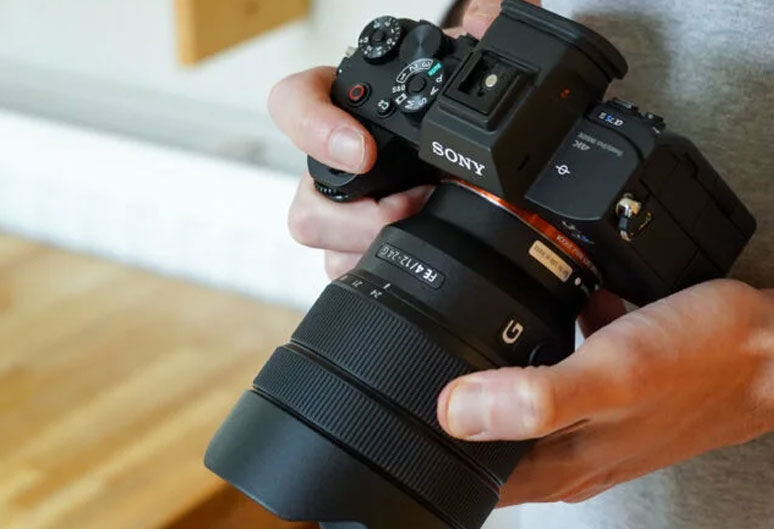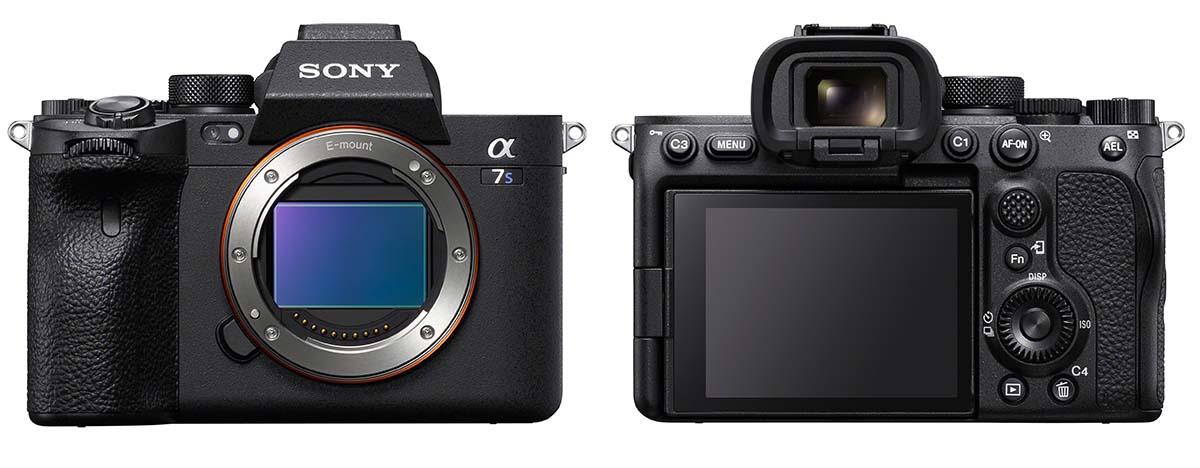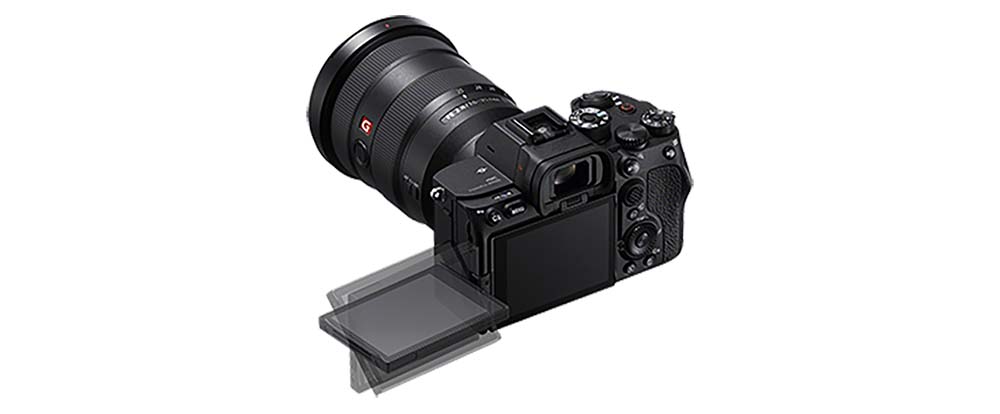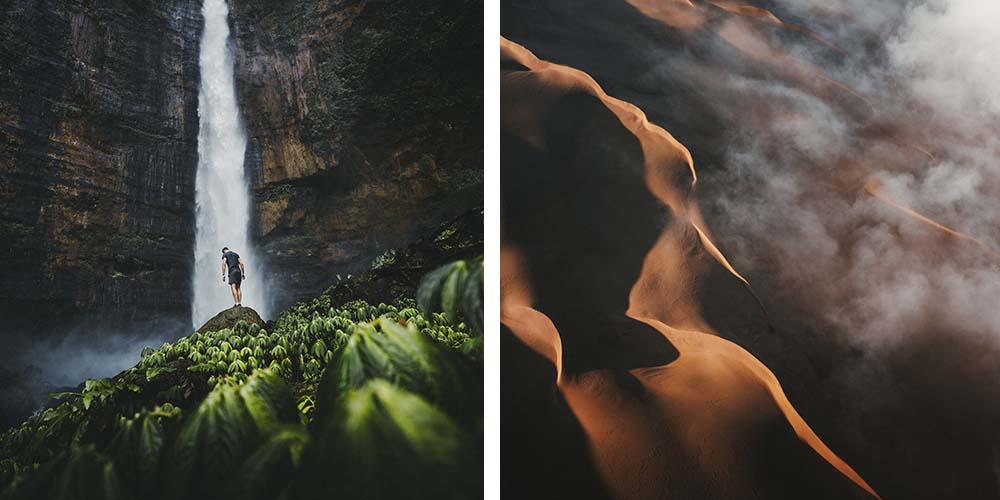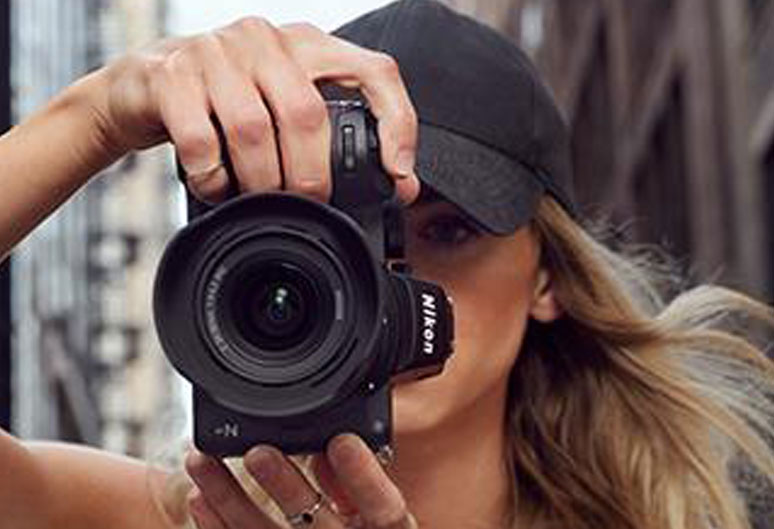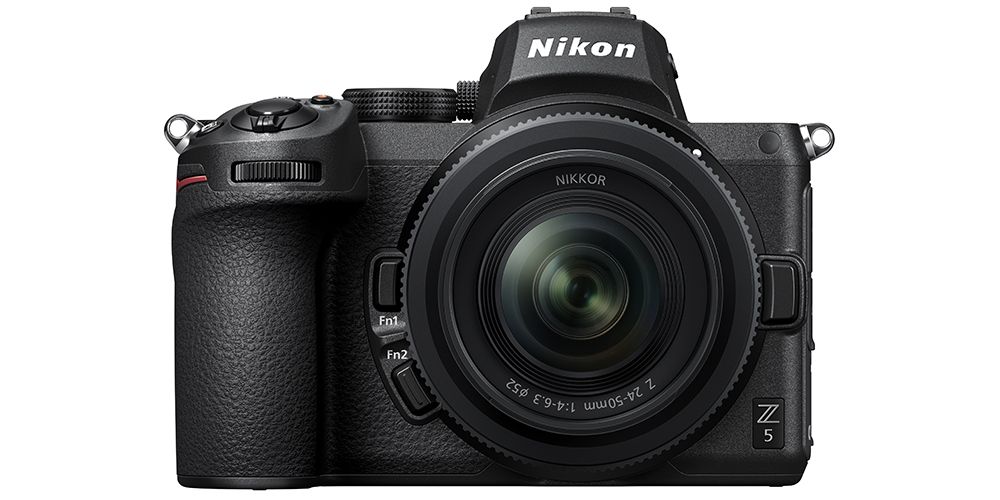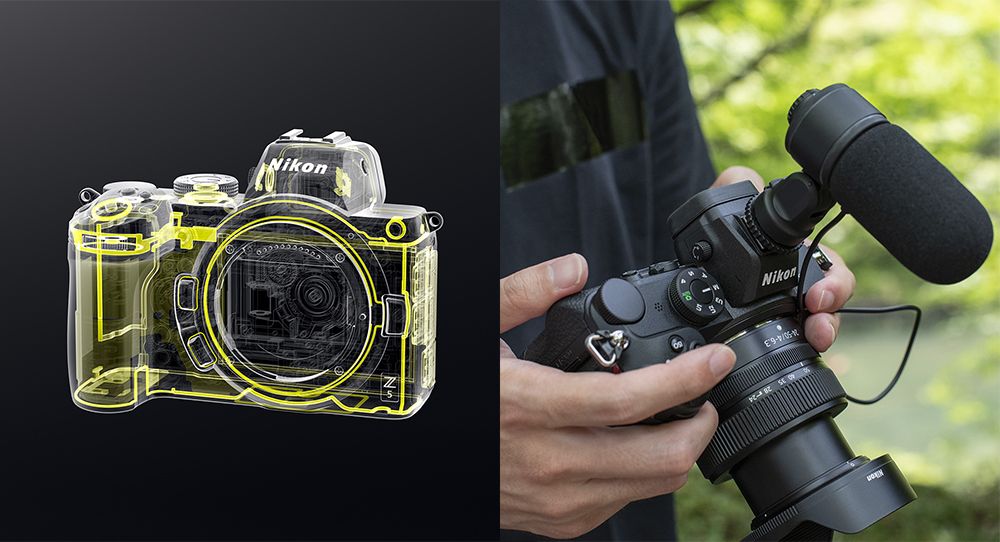With more and more photographers discovering the wonders of full-frame Sony E-mount cameras, there are absolutely loads of great lenses being produced for them. Whether you’re using the super-speedy A9 II, the ultra-sensitive A7S III or the high-resolution A7R IV, you’re absolutely spoiled for choice when it comes to lenses. So much so that it can be difficult to know where to start! So, we’ve put together a guide to help you.
In this guide, we’ll be taking you through some of our favourite lenses for Sony FE cameras. We’ve split the guide into three sections – wide-angle, standard and telephoto, so you can easily jump to the type of lens you’re most interested in.
Unlike our guides to Canon RF and Nikon Z lenses, we haven’t been comprehensive here, as there are simply too many Sony FE lenses to include them all! Instead, we’ve included a broad spectrum of lenses, from Sony and from third-party manufacturers, at a range of price points. So no matter whether you need the best of the best, or you’re working to a tight budget, there will be lenses for you.
Sony FE Lenses
We’re dealing specifically with FE lenses – E-mount lenses that are compatible with Sony’s full-frame professional cameras Alpha cameras. We’ll keep this guide up to date, so keep checking back for our recommendations of the finest Sony FE lenses you can get right now.
Wide-angle
Sony FE 12-24mm f2.8 G Master Lens
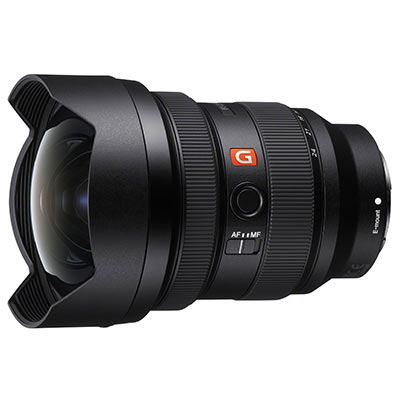
Sony’s G Master lenses are not only some of the best E-mount lenses – they’re some of the best lenses around right now, full stop. So you can expect to see a fair few more of them throughout this guide!
The FE 12-24mm f2.8 G Master is a wide-angle zoom with professional-grade optics, designed to capture stunning details with minimal distortion. The optical design includes three XA elements, an aspherical element, two super ED (extra-low dispersion) elements and three ED glass elements, all of which adds up to an incredibly sharp image. The inclusion of advanced nanocoatings also helps ensure superior light transmission. Plus, an advanced autofocus system uses XD linear motors to make the focusing action fast, silent and accurate.
Best for: Landscapes, astrophotography.
Sony FE 16-35mm f2.8 G Master Lens
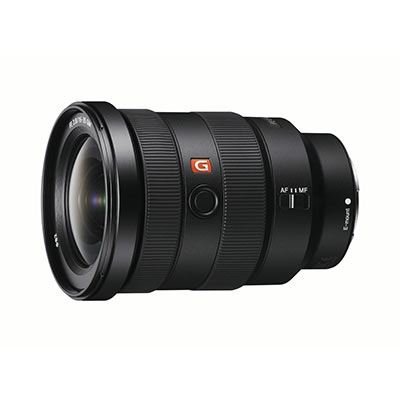
For a wide-angle that’s a little less extreme, try the FE 16-35mm f2.8. A high-quality lens for a huge range of shooting situations, the Sony FE 16-35mm f2.8 G Master boasts exceptional corner-to-corner sharpness thanks to its sophisticated optical construction. It consists of two glass XA elements (extreme aspherical), three aspherical and 2 ED glass (extra low dispersion) elements, all of which combine to effectively minimise chromatic aberration.
This combines with a dust- and moisture-resistant construction and a Direct Drive SSM autofocus unit to make for a lens that’ll perform in any situation you care to throw at it. A great, trusty optic for a working photographer to have by their side.
Best for: Landscapes, documentary, everyday shooting
Zeiss 18mm f2.8 Batis Lens
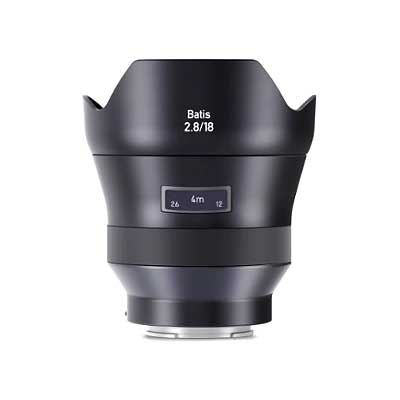
A wide prime with superior optics – what else would you expect from Zeiss? The 18mm f2.8 Batis lens is designed to provide superior sharpness and quality across the entire image field, ensuring top quality across its entire field of view. Zeiss has employed a floating elements design for this lens, meaning it retains its quality across the entire focal plane, from its close focusing distance of 0.17m right the way to infinity. A handy OLED display provides a readout for focusing distance and depth of field.
Best for: Landscapes, interiors, architecture.
Sony FE 24mm f1.4 G Master Lens
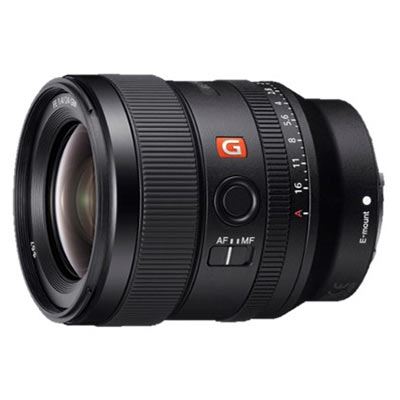
One of the most impressive aspects of this G Master lens is that it not only delivers the kind of professional-grade quality we’ve come to expect from these lenses, but it’s also amazingly portable. Weighing just 445g and measuring 75.4mm by 92.4mm, the FE 24mm f1.4 G Master also has a filter thread of 67mm. Somehow Sony has managed to include the Direct Drive SuperSonic Motor (DDSSM) focusing system, so the lens performs brilliantly in pretty much all categories. This lens is a truly impressive technical achievement!
Best for: Documentary, reportage, street photography.
Sony FE 28mm f2 Lens
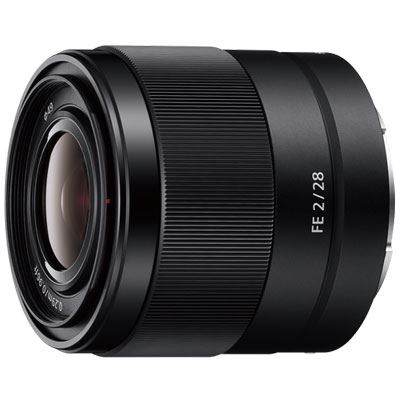
A fantastic budget lens for anyone looking for an affordable, dependable wide-angle prime. The Sony FE 28mm f2 delivers impressive sharpness, and the f/2 aperture puts shallow depth of field in play. This is further helped by the nine-bladed aperture, which enables the creation of beautiful bokeh.
The fixed focal length of the FE 28mm f2 is what has enabled Sony to include such sophisticated optics in a lens of its class; the design includes three aspherical elements and two ED elements. Also, if you want to increase its versatility, you can use the optional converters to change it to a 21mm ultra-wide lens or even a 16mm fisheye, without any impact on optical quality. This cements the lens as a fantastic options for shooters working with a limited budget.
Best for: Landscapes, outdoor photography, shooting on a budget
Standard
Sony FE 35mm f1.8 Lens
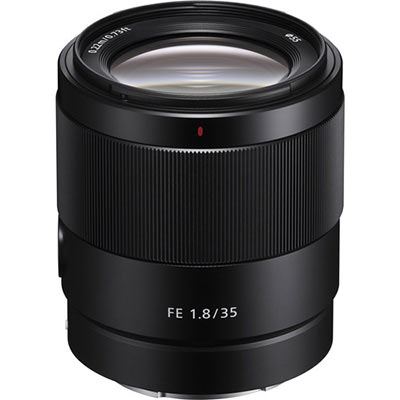
The humble 35mm is one of the most versatile focal lengths around, and we really rate Sony’s homebrew version of this optic with an f/1.8 maximum aperture. The accurate tracking AF of this capable prime means it’s a great choice for movies as well as stills, while its moisture-resistant design ensures it’s hardy enough for outdoor shooting.
There’s a pleasing amount of customisability to this lens – its Focus Hold button can be reassigned to other functions if that’s not what you want for it. The lens weighs a slender 280g, meaning it won’t weigh you down too much on an extended shoot. Whether you’re roaming the streets or producing landscapes, this dependable lens will make for a great choice of companion.
Best for: Travel, street photography, everyday shooting.
Sony FE 35mm f1.4 G Master Lens
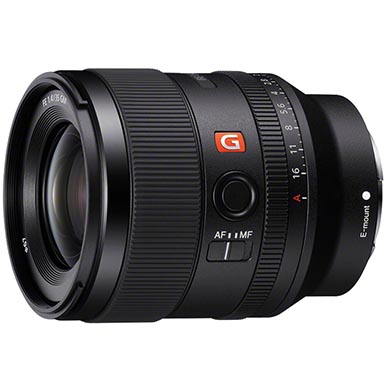
If you like the sound of a 35mm lens but need something that delivers higher sharpness and brightness in low light, then this is your port of call. The Sony FE 35mm f1.4 G Master Lens is an outstanding optic, made with the latest Sony lens making technology for superior sharpness. Fantastic for low light thanks to the f/1.4 maximum aperture, the lens also sports an eleven-bladed aperture for the creation of vivid bokeh.
The minimum focusing distance of the lens is 27cm, so it’s great for close-up work as well as wider, more expansive scenes. The optical performance is topped off with Sony’s Nano AR Coating II which wards off reflections and ghosting for superior light transmission. ED glass elements reduce chromatic aberrations and XA (Extreme Aspherical) elements deliver excellent image quality in a compact form. An outstanding prime optic.
Best for: Low light, documentary, reportage, weddings.
Sony FE 24-70mm f2.8 G Master Lens
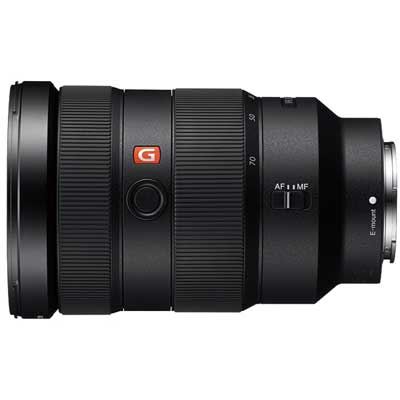
This G master lens is one of the finest examples of the workhorse 24-70mm f/2.8 lens, and professional in many different fields will get a lot of use out of it. With Direct Drive SSM, its autofocus is fast and accurate, and the design is resistant to dust and moisture. The circular nine-bladed aperture also means that it’s possible to create beautiful defocused effects with the lens, and create images with gorgeous bokeh. This puts it in play as a portrait lens, as well as being useful for travel, reportage, event photography… and just about everything else! It’s hard to think of any type of Sony Alpha user who wouldn’t have any use for this lens.
Best for: Events, portraits, weddings
Sony FE 50mm f1.4 ZA Planar T* Lens
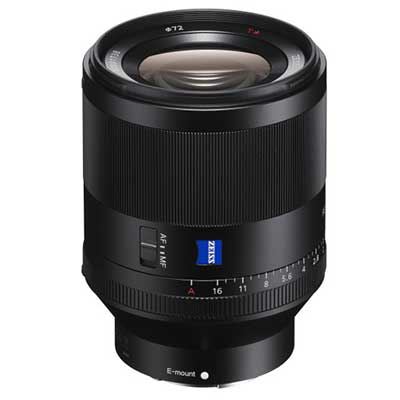
Sony’s fruitful partnership with Zeiss has produced many outstanding lenses, and one we particularly like is this nifty fifty. The FE 50mm f1.4 ZA Planar T* is a high performance lens that hugely impresses thanks to its Planar optical design, not to mention its f/1.4 maximum aperture. The T* coating from Zeiss minimises flare and ghosting, while the aperture ring provides hands-on tactile control. Images look absolutely superb from edge to edge and corner to corner, as you’d expect from a Zeiss lens, and this standard, natural-looking focal length means it’s also a good choice for video.
Best for: Street shooting, video, documentary.
Telephoto
Zeiss 85mm f1.8 Batis Lens
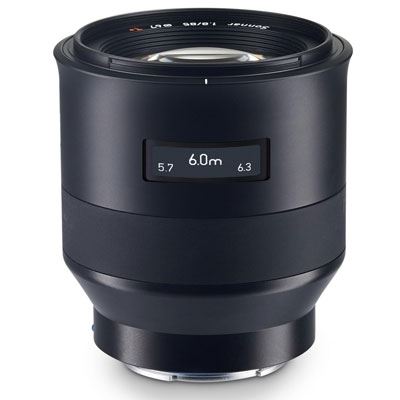
A fantastic optic in a useful portrait-friendly focal length, the Zeiss 85mm f1.8 Batis Lens is an outstanding choice for anyone who wants to photograph people. Be it studio portraiture or wedding photography, the 85mm f1.8 Batis is a fast, capable lens that will keep up and deliver images of superb quality.
A handy OLED display on the body of the lens helps the user keep track of focus distance and depth of field. The autofocus is fast and quiet, and the lens body is equipped with weather seals to make it suitable for outdoor shooting. Its minimum focusing distance of 0.8m makes it super-versatile, so you can get close to your subjects without fear.
Best for: Weddings, portraits, events.
Sony FE 70-200mm f2.8 G Master Lens
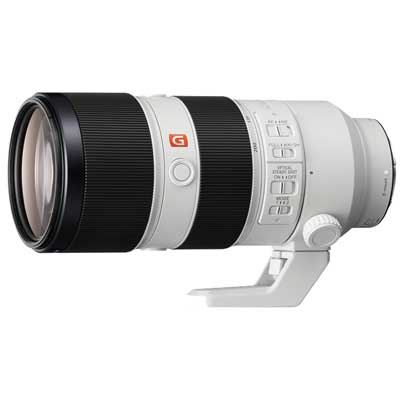
Just like the 24-70mm, the G Master version of the 70-200mm f/2.8 workhorse lens is one of the best in the business. Whether you’re photographing sports, weddings, events, concerts or whatever else, this is a lens designed to get the job done in an exemplary fashion. It delivers excellent sharpness at all points in the zoom range and throughout its entire focal plane – Sony boasts that it reaches hitherto unknown heights of resolution thanks to its XA (extreme aspherical) element with 0.01 micron surface precision. Focus at distances as short as 0.96m, enjoy super-fast AF and take advantage of Optical SteadyShot image stabilisation. This is truly a lens to do it all.
Best for: Sports, events, weddings, music.
Sony FE 70-300mm f4.5-5.6 G OSS Lens
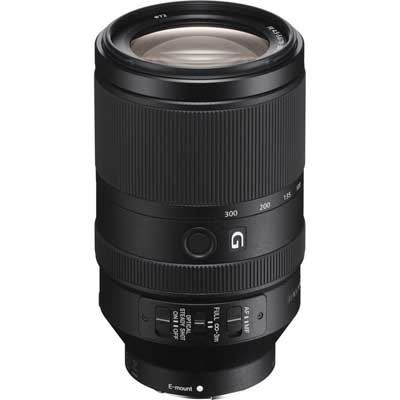
If you’re not fussed about an f/2.8 aperture but could do with a bit more reach, try the Sony FE 70-300mm f4.5-5.6 G OSS Lens as a credible alternative to the 70-200mm f/2.8. It delivers solid optical performance throughout its focal range, with a Nano AR coating to reduce ghosting and flare.
It’s an excellent lens for tele-macro photography, with a close focusing distance of 0.9m and a magnification factor of 0.31x. Autofocus is also fast and quiet, thanks to the linear actuator, and Optical SteadyShot is on board for shake-free images.
Best for: Macro, portraits, events.
Sony FE 100-400mm f4.5-5.6 OSS G Master Lens
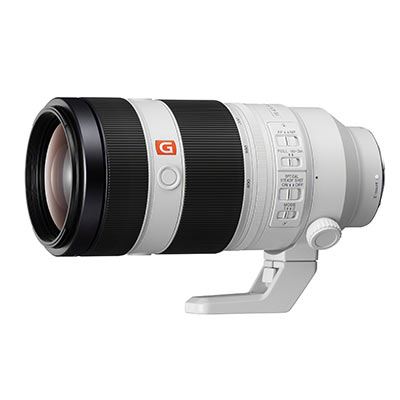
We’d recommend 100-400mm lenses to pretty much any working professional – you can read some of our guides to lenses [https://www.fixationuk.com/the-best-100-400mm-lenses-available-right-now/] and interviews with photographers [https://www.fixationuk.com/why-i-love-my-100-400mm-lens-richard-pohle/] to find out why this is one of the most useful, versatile focal ranges going. Sony’s G Master 100-400mm is a spectacular example of this type of lens, delivering excellent clarity at every point of the zoom range. The linear motor and Direct Drive SSM (DDSSM) autofocusing system is fast and accurate even with fast-moving subjects, and the body of the lens itself is built to withstand the elements. Bring distant subjects into sharp focus – this lens gives you the reach you need.
Best for: Wildlife, events, sports.
Sony FE 200-600mm f5.6-6.3 G OSS Lens
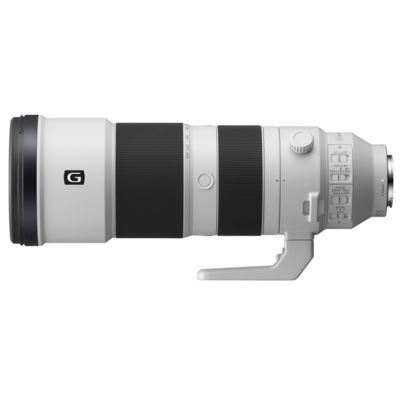
If you like the versatility of a 100-400mm lens but feel you’re likely to need a little more reach, the 200-600mm FE lens is a great solution. You get that extra focal length but don’t lose sharpness and clarity, as the optical construction includes five ED elements and one aspherical element, suppressing chromatic aberrations and distortion. Distortion can often be a problem with super telephotos, but Sony has worked to minimise this and make the FE 200-600mm a fantastic professional lens.
Best for: Wildlife, sports.
Sony FE 400mm f2.8 OSS G Master Lens
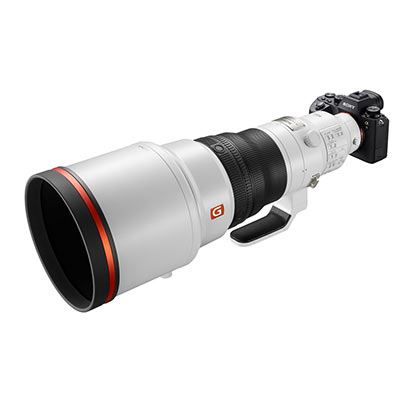
This is Sony going all out. No holds barred, no expense spared – it’s optical perfection at 400mm. The Nano AR coating eliminates flare and ghosting, while the XD Linear Motor ensure autofocus is blisteringly fast and unerringly precise. Weighing just 2,895g, this is impressively light for a lens of its class, with a magnesium alloy construction that balances light weight with superior strength. The quality is exemplary inside and out. This isn’t just one of the best Sony lenses – it’s one of the best lenses, full stop.
Best for: Wildlife, sports, ultra-high resolution shooting.

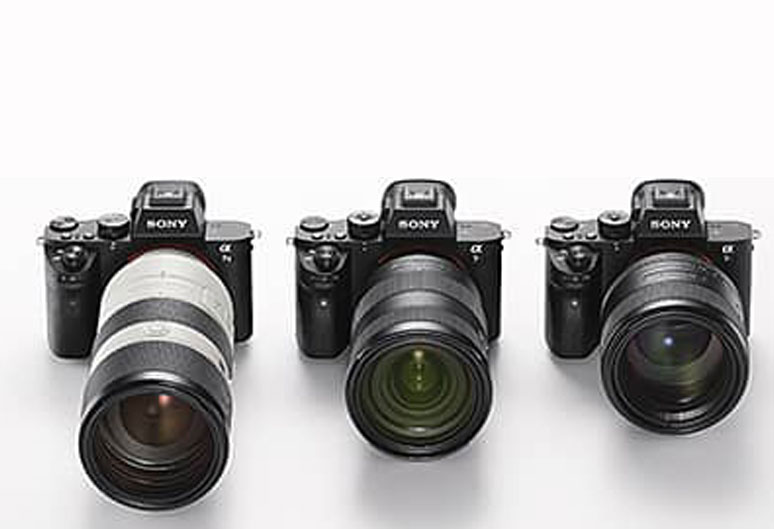
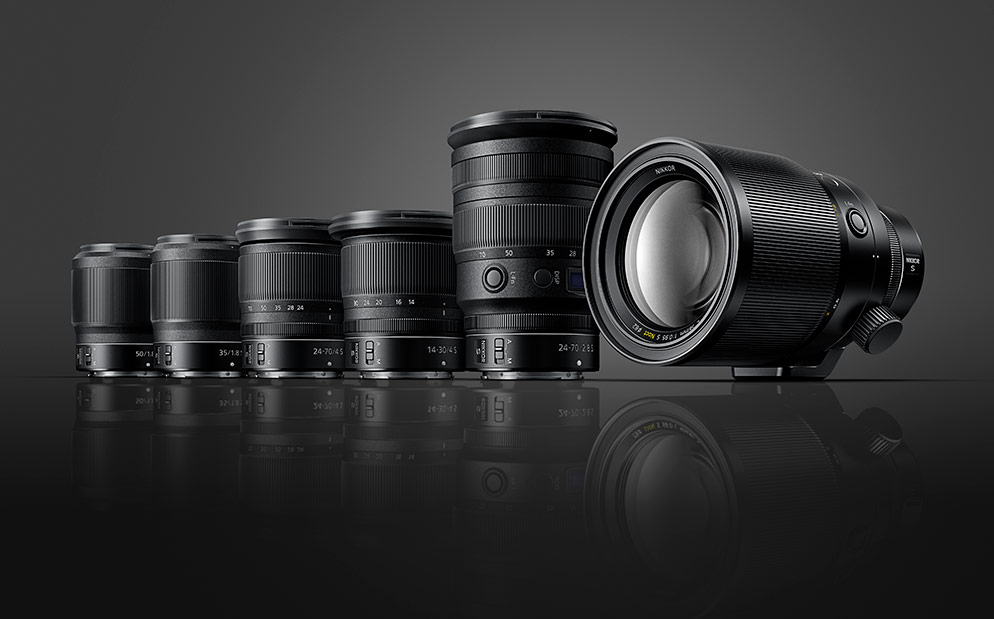
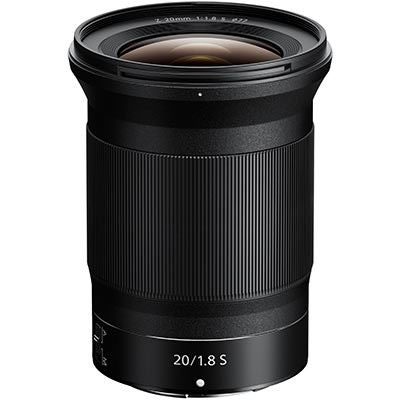
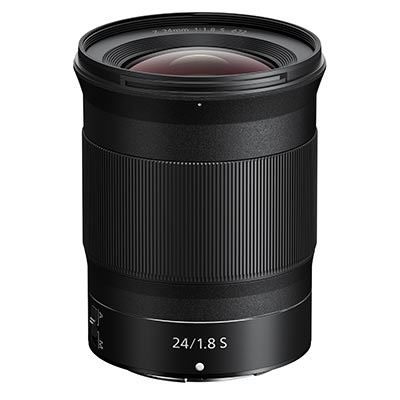
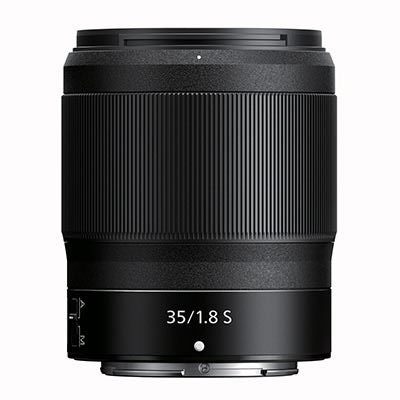
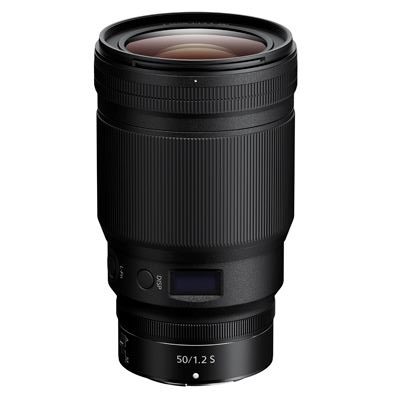
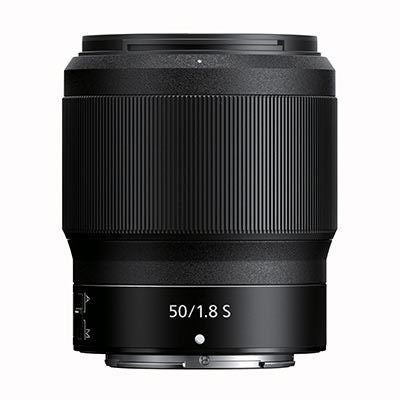
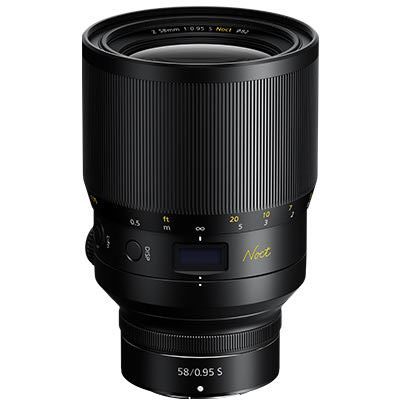
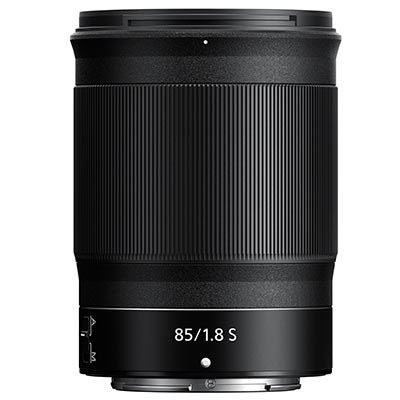
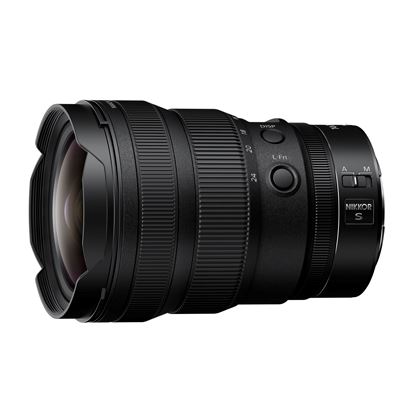
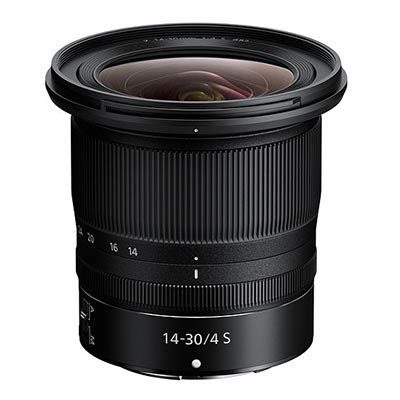
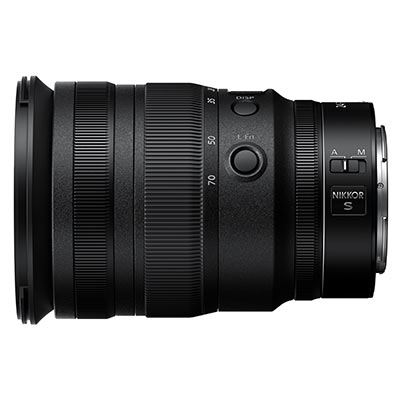
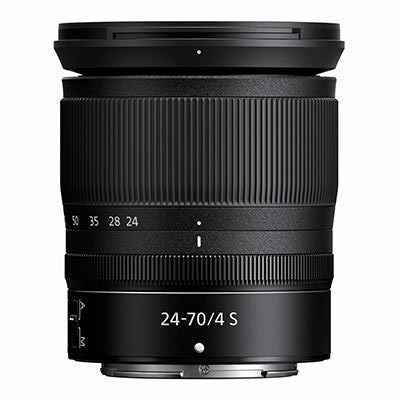
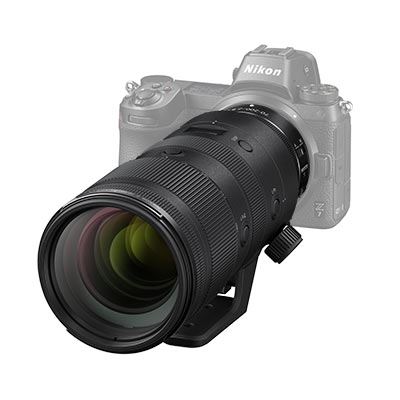
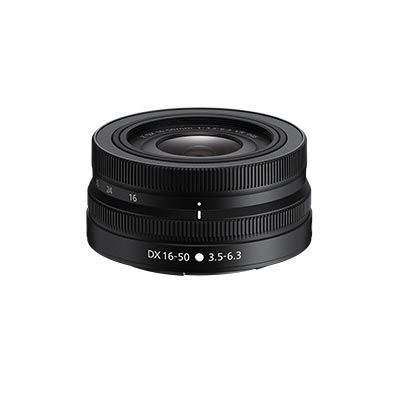
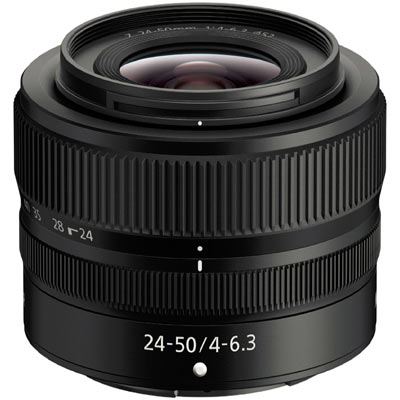
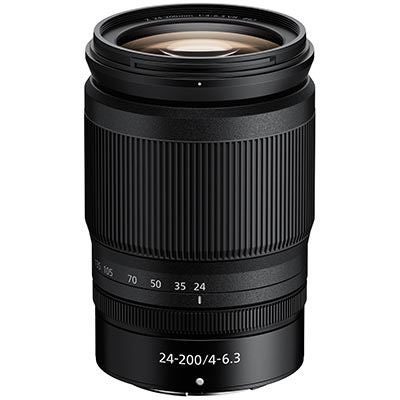
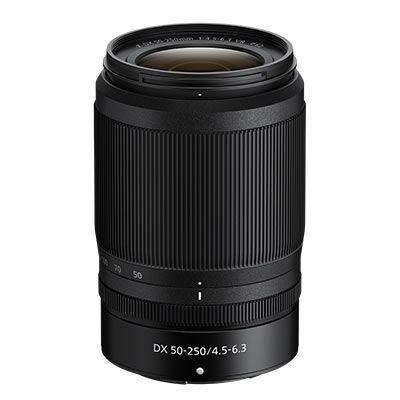
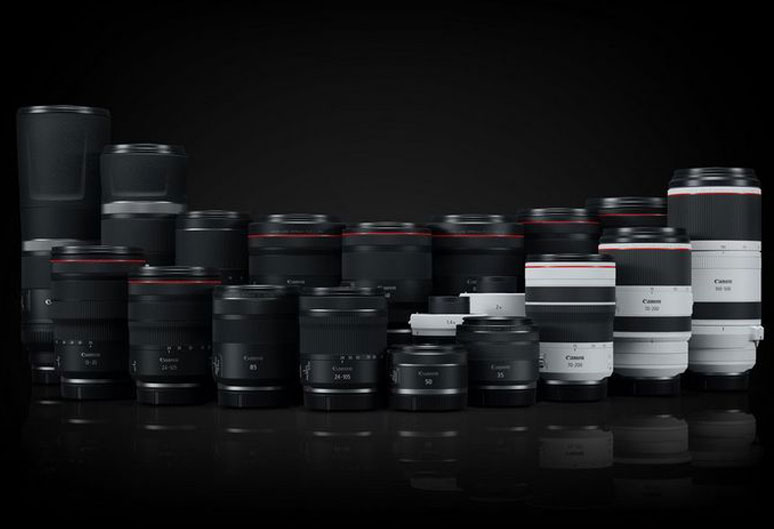
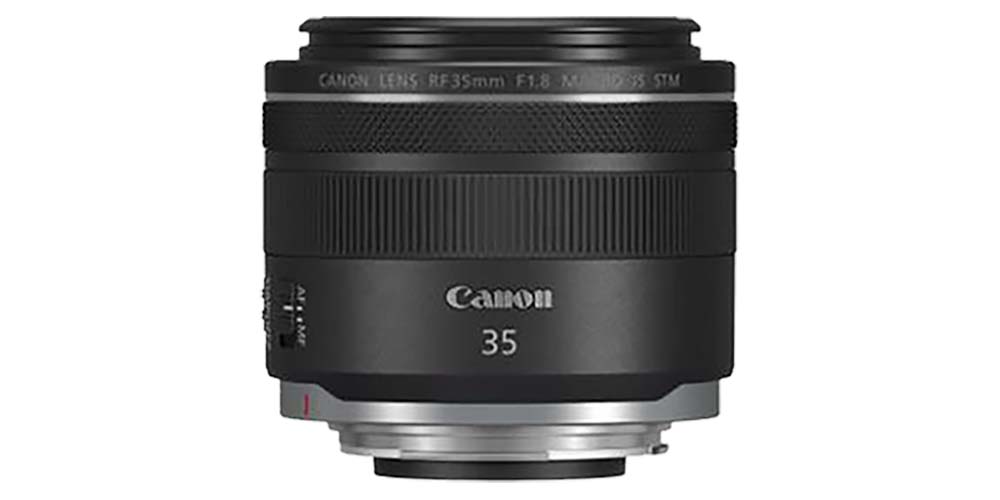 Canon RF 35mm F1.8 MACRO IS STM
Canon RF 35mm F1.8 MACRO IS STM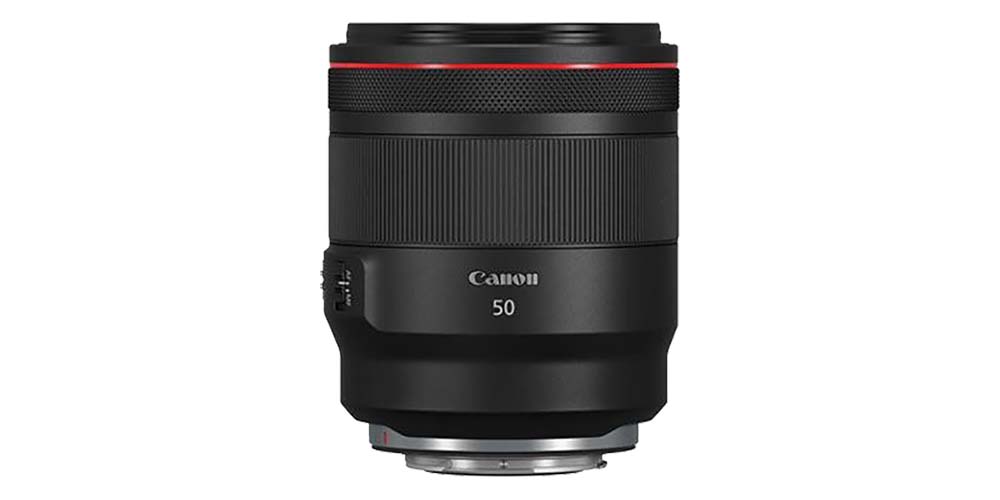 Canon RF 50mm F1.2L USM
Canon RF 50mm F1.2L USM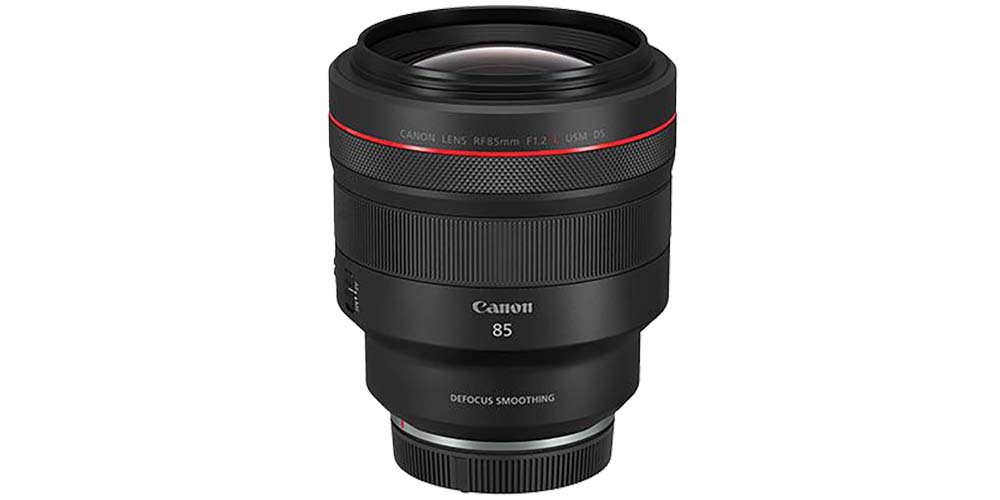 Canon RF 85mm F1.2L USM DS
Canon RF 85mm F1.2L USM DS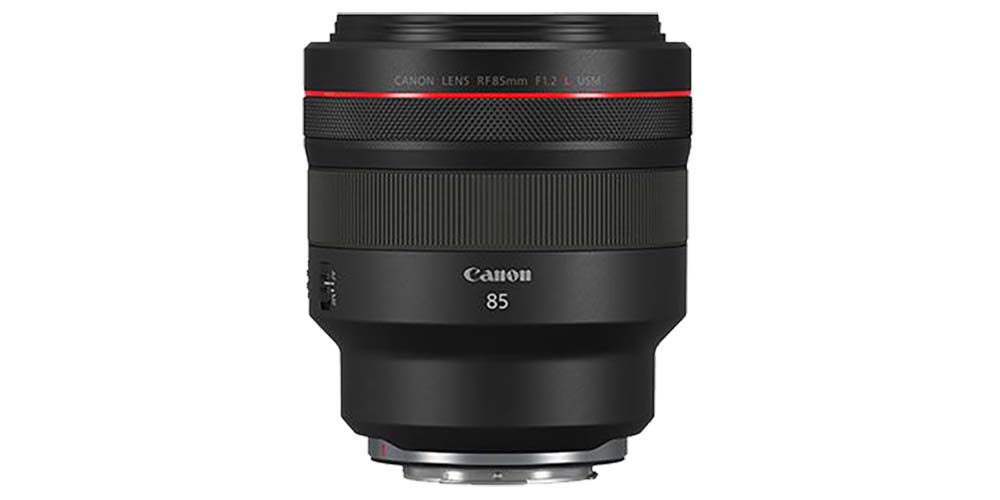 Canon RF 85mm F1.2L USM
Canon RF 85mm F1.2L USM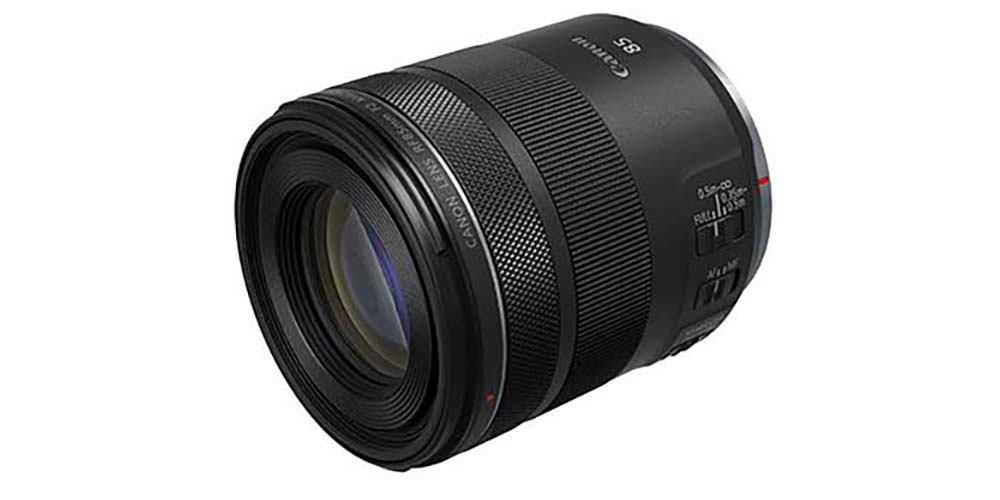 Canon RF 85mm F2 MACRO IS STM
Canon RF 85mm F2 MACRO IS STM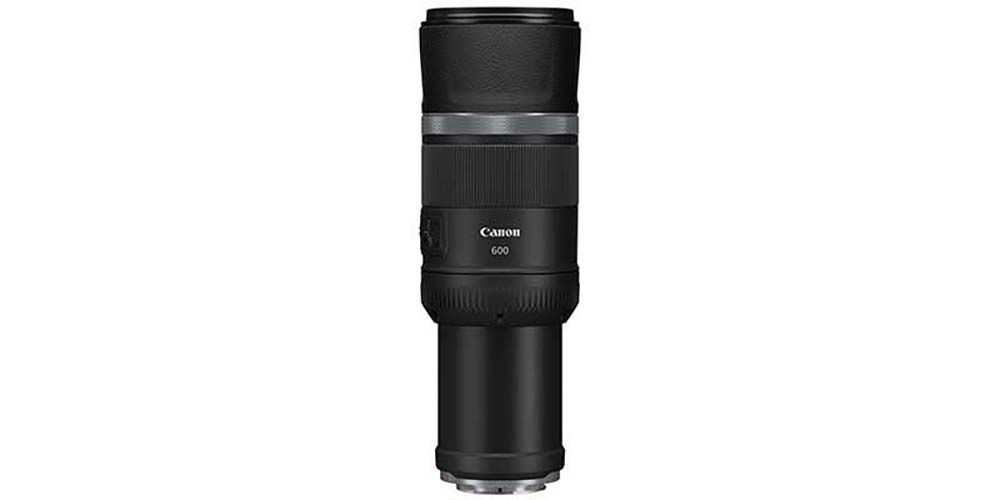 Canon RF 600mm F11 IS STM
Canon RF 600mm F11 IS STM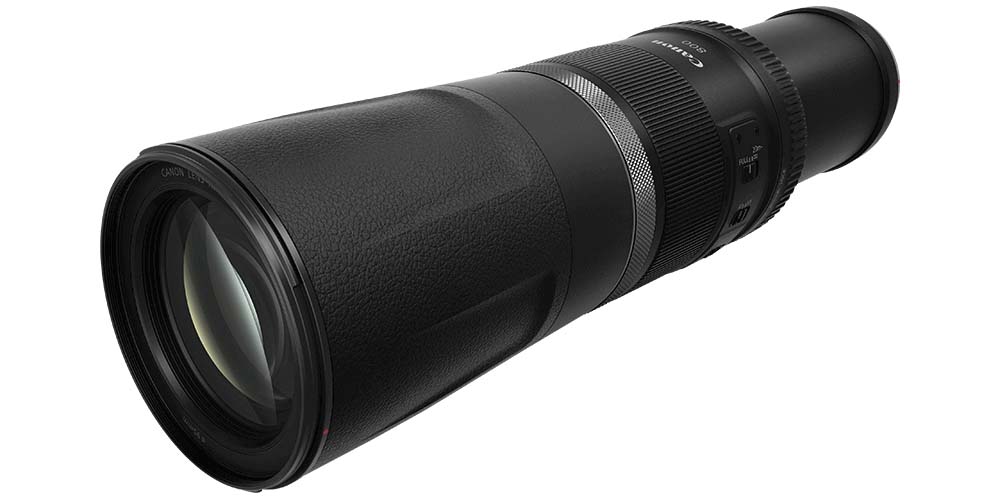 Canon RF 800mm F11 IS STM
Canon RF 800mm F11 IS STM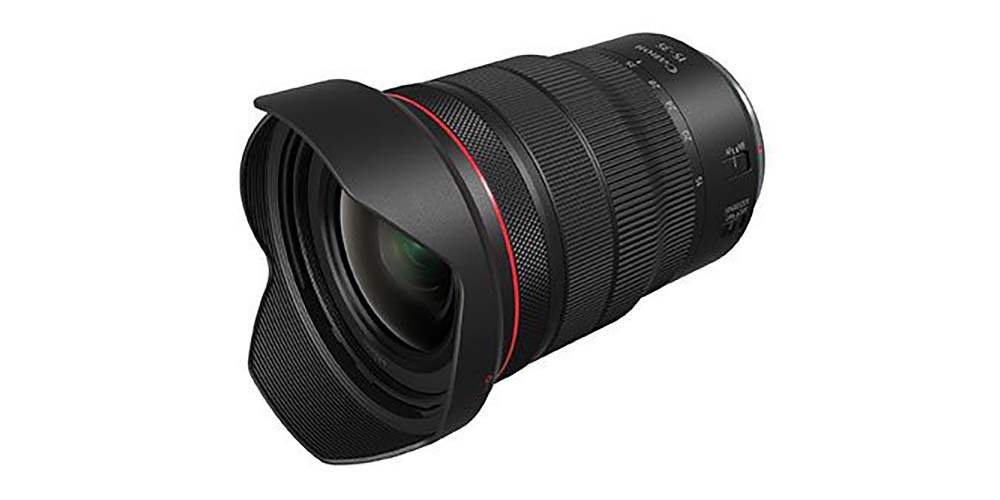 Canon RF 15-35mm F2.8L IS USM
Canon RF 15-35mm F2.8L IS USM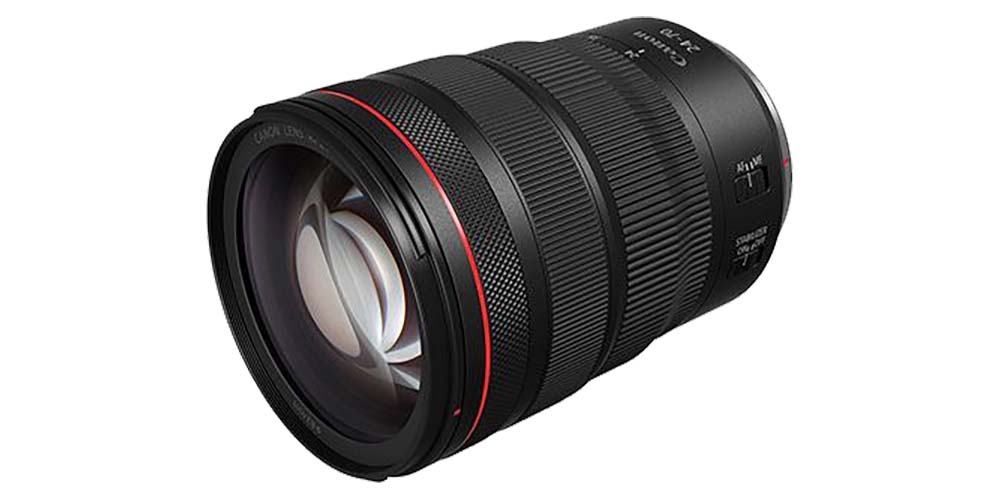 Canon RF 24-70mm F2.8L IS USM
Canon RF 24-70mm F2.8L IS USM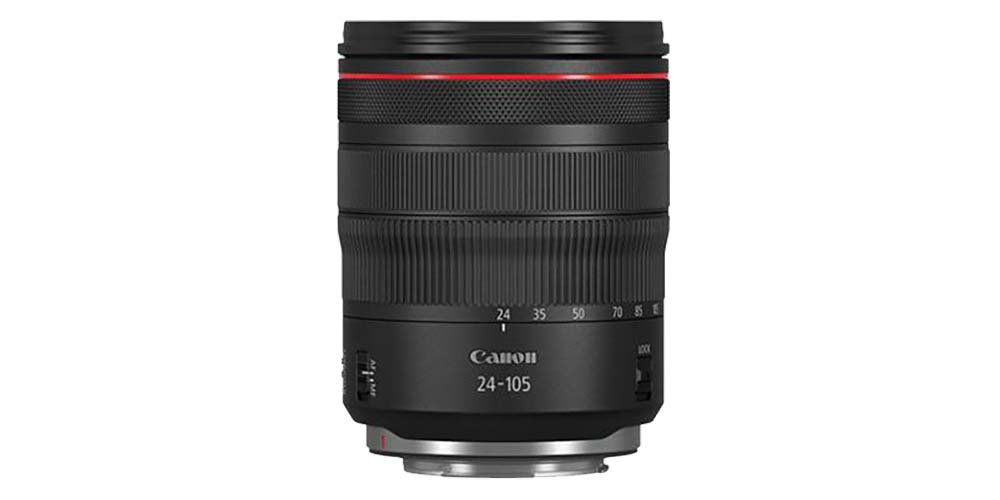 Canon RF 24-105mm f/4L IS USM
Canon RF 24-105mm f/4L IS USM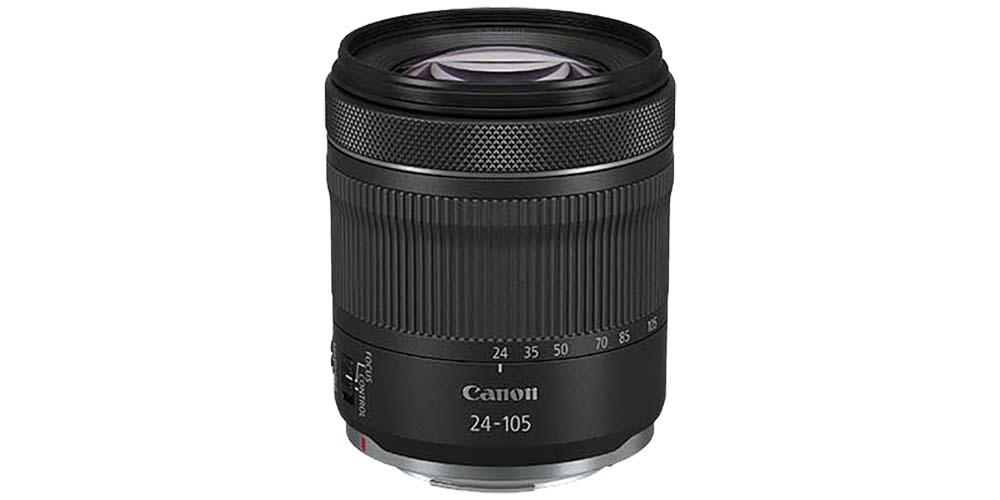 Canon RF 24-105mm F4-7.1 IS STM
Canon RF 24-105mm F4-7.1 IS STM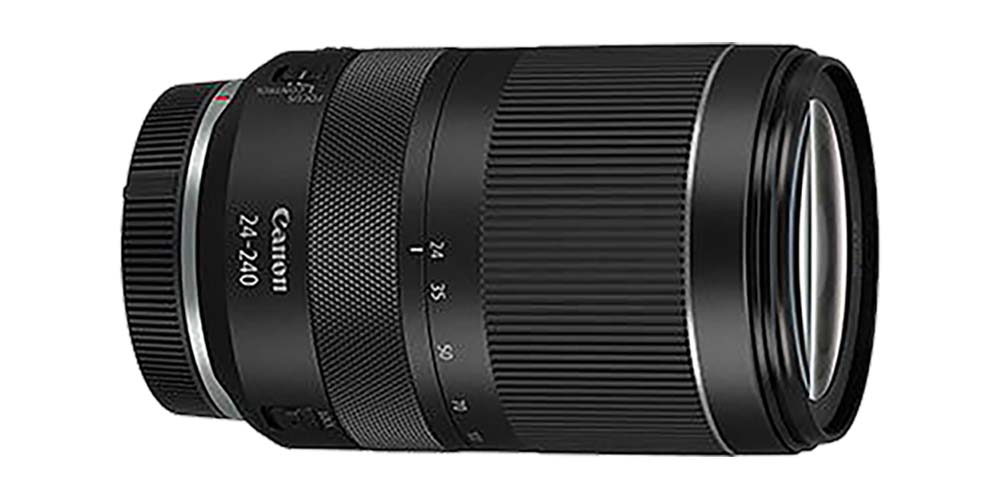 Canon RF 24-240mm F4-6.3 IS USM
Canon RF 24-240mm F4-6.3 IS USM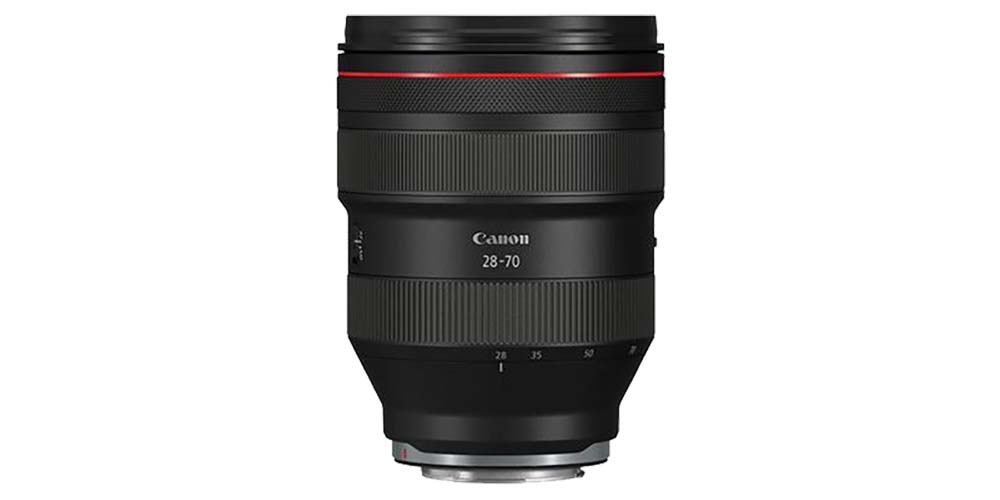 Canon RF 28-70mm F2L USM
Canon RF 28-70mm F2L USM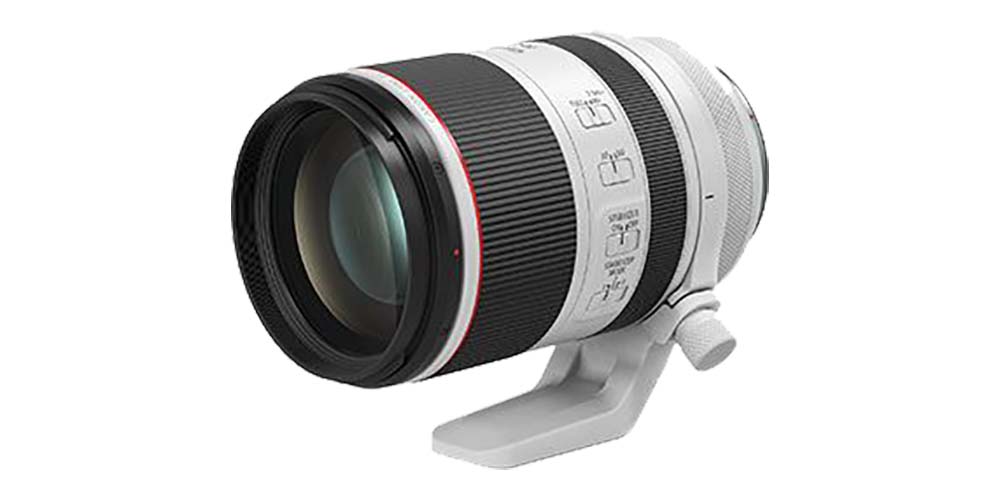 Canon RF 70-200mm F2.8L IS USM
Canon RF 70-200mm F2.8L IS USM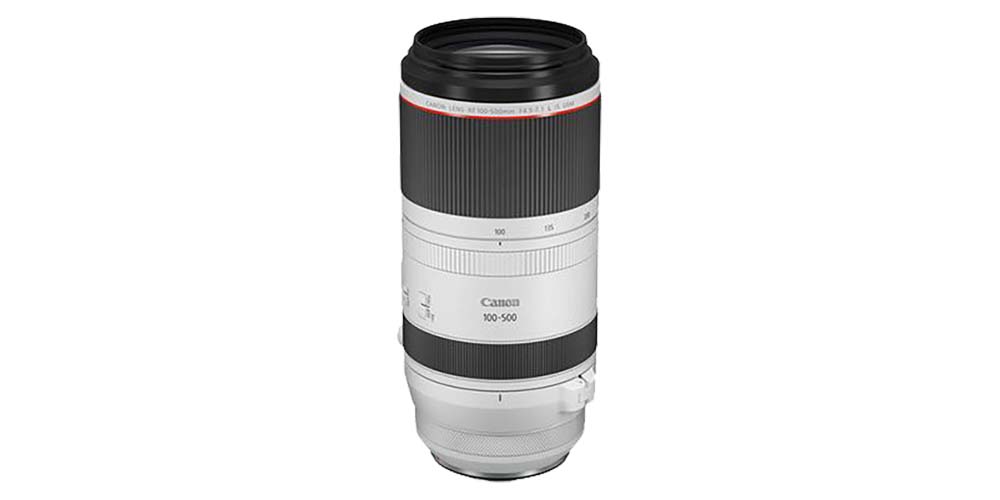 Canon RF 100-500mm F4.5-7.1 L IS USM
Canon RF 100-500mm F4.5-7.1 L IS USM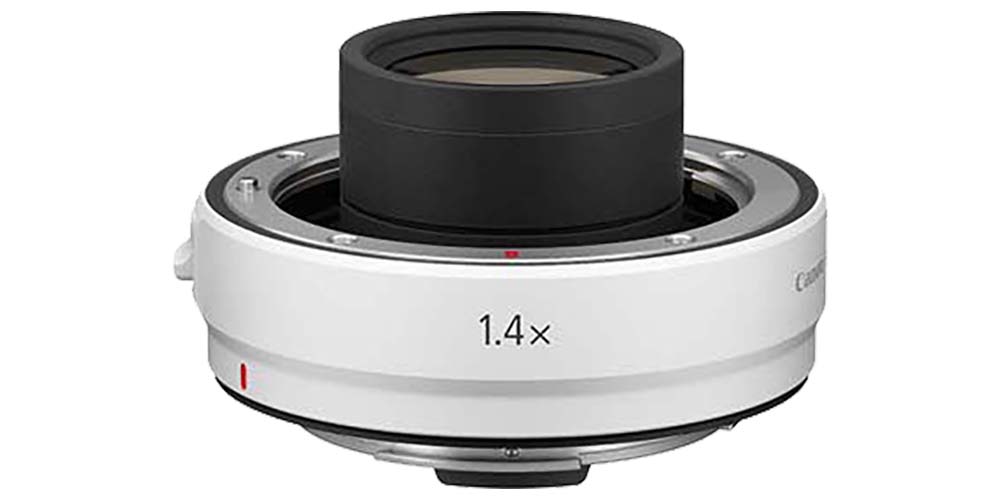 Extender RF 1.4x
Extender RF 1.4x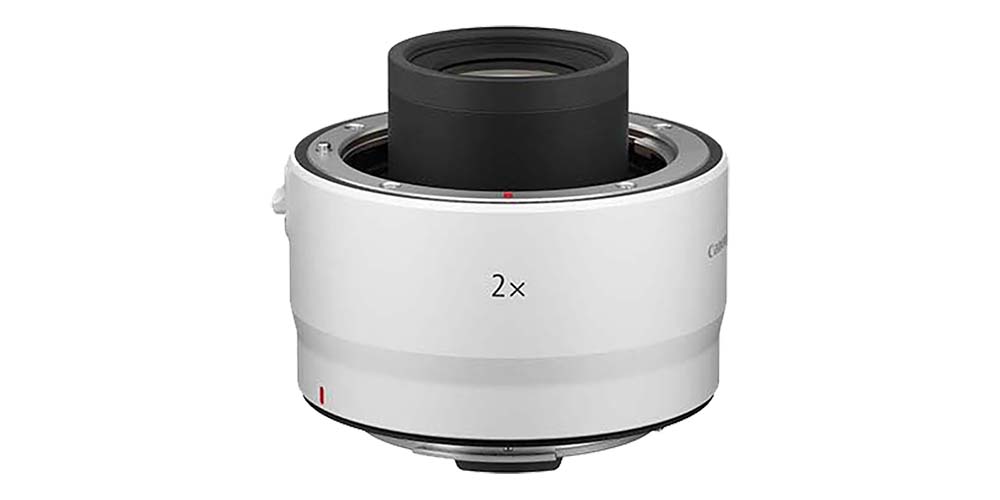 Extender RF 2x
Extender RF 2x